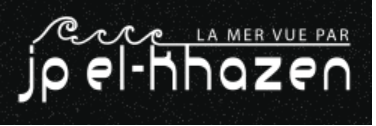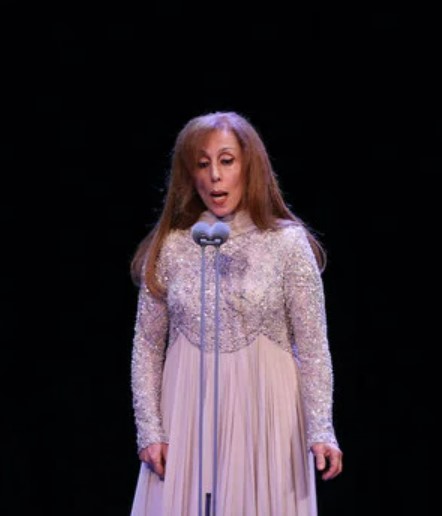
by arabnews.com -- IAIN AKERMAN -- DUBAI: She is the Arab world’s greatest living musical icon, but Fayrouz remains an enigma. She retains a sometimes-infuriating aura of mystery, rarely giving interviews and ardently protecting the privacy of her family. On stage she appears devoid of emotion — motionless and expressionless. Those characteristics have themselves become iconic, with Fayrouz’s striking but emotionless features adorning everything from handbags and posters to Beirut’s city walls. Born Nouhad Haddad in 1934, during the course of her career Fayrouz has recorded hundreds of songs, starred in dozens of musicals and movies, and toured the world. From 1957 onwards, when she first performed at the Baalbeck International Festival, she has become one of the Arab world’s most beloved singers. And in doing so she would unite her often-fractious homeland.
All Lebanese remember the first time they heard Fayrouz. For Tania Saleh, it was during a drive to Syria to escape the beginning of the Lebanese Civil War. She remembers one song in particular — “Roudani Ila Biladi” (Take Me Back To My Homeland). “That song really marked me,” says Saleh, a singer-songwriter and visual artist. “My mother was crying while she was driving and the song created this really intense emotional moment. And I remember thinking, ‘How can a song affect someone so much? It’s just a song.’ But it affected me, too, in a manner that I didn’t understand back then.”
Fayrouz remained in Lebanon for the entirety of the war and refused to take sides. Although she continued to sing in venues across the world, she did not perform in Lebanon until the conflict was over. This neutrality, and the patriotic nature of many of her songs, meant she was a rare symbol of national unity, with all sides listening to her music throughout the 15 years of civil war. She was, as Saleh says, an “emotional anchor for all Lebanese during the war,” regardless of religion or political beliefs. When she released “Li Beirut“ (arranged and adapted by her son Ziad Rahbani) in 1984, Fayrouz and Beirut became inseparable. More than ever she embodied the very essence of what it meant to be Lebanese.

by venturebeat.com -- Peter Wayner -- Machine perception is the capability of a computer to take in and process sensory information in a way that’s similar to how humans perceive the world. It may rely on sensors that mimic common human senses — sight, sound, touch, taste — as well as taking in information in ways that humans cannot. Sensing and processing information by a machine generally requires specialized hardware and software. It’s a multi-step process to take in and then convert or translate raw data into the overall scan and detailed selection of focus by which humans (and animals) perceive their world.
Perception is also the first stage in many of the artificial intelligence (AI) sensory models. The algorithms convert the data gathered from the world into a raw model of what is being perceived. The next stage is building a larger understanding of the perceived world, a stage sometimes called cognition. After that comes strategizing and choosing how to act. In some cases, the goal is not to make the machines think exactly like humans but just to think in similar ways. Many algorithms for medical diagnosis may provide better answers than humans because the computers have access to more precise images or data than humans can perceive. The goal is not to teach the AI algorithms to think exactly like the humans do, but to render useful insights into the disease that can help human doctors and nurses. That is to say, it is OK and sometimes even preferable for the machine to perceive differently than humans do.
Types of machine perception
- Here some types of machine perception, in varying stages of development:
- Machine or computer vision via optical camera
- Machine hearing (computer audition) via microphone
- Machine touch via tactile sensor Machine smell (olfactory) via electronic nose
- Machine taste via electronic tongue
- 3D imaging or scanning via LiDAR sensor or scanner
- Motion detection via accelerometer, gyroscope, magnetometer or fusion sensor'
- Thermal imaging or object detection via infrared scanner
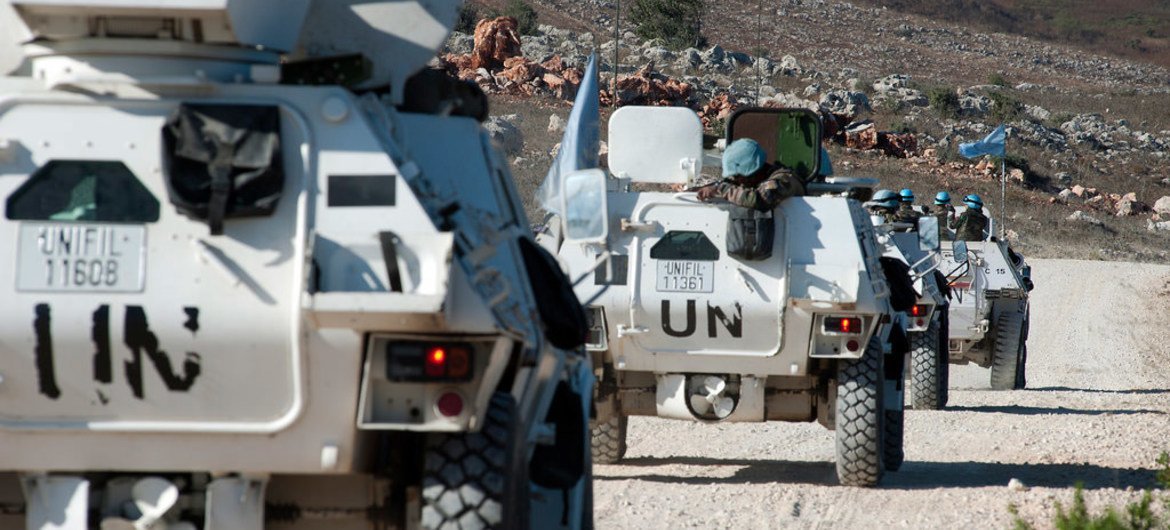
by Conor Gallagher -- irishtimes.com -- Irish officials have little faith in the Lebanese investigation into the murder of Private Seán Rooney amid indications the soldier was killed in a targeted gun attack. There are also increasing suspicions about Hizbullah’s denial of involvement in the attack which occurred against a backdrop of heightened tensions between Unifil forces (United Nations Interim Force in Lebanon) and the militant group. Preliminary investigations show that the shot which killed Pte Rooney was fired through a rear window or through an open rear door. The glass in some of the rear windows was either removed by the attackers or came out when the vehicle crashed while trying to escape the violent crowd which surrounded it. The firing of the bullet from the rear of the vehicle through a broken window or open door indicates Pte Rooney’s death was of a targeted nature, rather than the result of a haphazard spray of bullets, a defence source said.
At least five shell casings have been recovered. They are believed to come from an assault rifle-style weapon. The armoured vehicle carrying the soldiers was carrying out a routine journey from the Unifil area of operations to Beirut airport late on Wednesday night when it became separated from its accompanying vehicle and left the approved route. It entered the coastal village of Al-Aqbieh, where it encountered a group of locals who had been watching the World Cup match between France and Morocco. The villagers became angry at the presence of the UN vehicle. They formed a blockade around it and started to attack it.
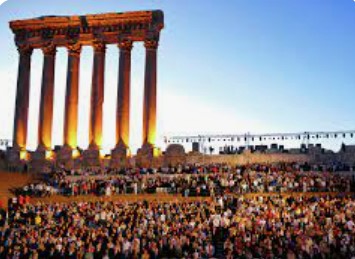
By ZAIRA LAKHPATWALA -- arabnews.com -- DUBAI: Shuruq is the latest platform to shine a light on musical talent from the Arab world and beyond. Launched by Lebanese cultural space Station Beirut and partners, Shuruq’s latest endeavor is the first season of “Shuruq Sessions.” Hosted on YouTube, “Shuruq Sessions” is a series of music videos by Beirut-based artists recorded at the Station Beirut space in the city. The first season features artists such as Zef; trio Adib, Yassine and El Khazen; El Rass; Clara Kossaifi, and the band Taxi404. Station Beirut, which was launched in 2013, has served as an art and cultural center for both the public and private sectors with a “curatorial focus on special practices that invite critical thinking and civic engagement,” Nabil Canaan, creative director and producer of Shuruq, told Arab News. The space has played host to several theater programs, live concerts and visual arts exhibitions over the years. Its next endeavor was in the world of music. Shuruq was officially launched last month at an event featuring artists like Sarah Mansour, Kye Akoun and the band Yalla Yalla Habibi Habibi. But the platform has been in the works since 2019. “Over time, it became clear that although there’s a lot of creativity in Lebanon and the region, everything is built on shaky foundations,” Canaan said. “So, in 2019, we designed a program that would address and focus on music and called it ‘Shuruq,’” he added.
The name “shuruq,” which means dawn or sunrise in Arabic, was one of several options but it struck a chord with the team due to its metaphorical implications, Canaan said. It was perhaps an obvious metaphor for emerging talent, but it also signified new beginnings, which was especially meaningful at a time when the world was plagued with the COVID-19 pandemic as well as the many crises in Lebanon, he added. Shuruq is built on three pillars: Capacity building and training, content creation and live events. The platform partnered with UK-based knowledge and skills company Music Ally to hold training sessions for 30 people including 20 artists and 10 music managers. Live events were difficult to host during the pandemic, so the company focused on content creation, resulting in the first season of “Shuruq Sessions.”
Khazen History
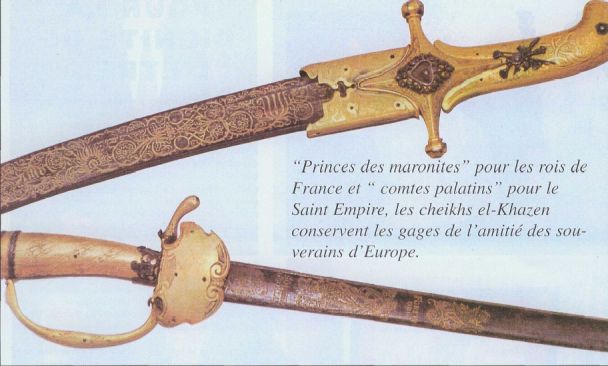

Historical Feature:
Churches and Monasteries of the Khazen family
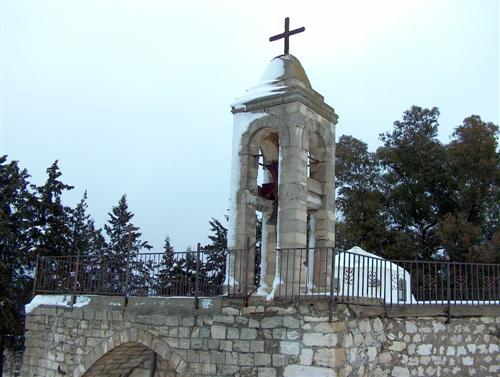
St. Anthony of Padua Church in Ballouneh
Mar Abda Church in Bakaatit Kanaan
Saint Michael Church in Bkaatouta
Saint Therese Church in Qolayaat
Saint Simeon Stylites (مار سمعان العامودي) Church In Ajaltoun
Virgin Mary Church (سيدة المعونات) in Sheilé
Assumption of Mary Church in Ballouneh
1 - The sword of the Maronite Prince
2 - LES KHAZEN CONSULS DE FRANCE
3 - LES MARONITES & LES KHAZEN
4 - LES MAAN & LES KHAZEN
5 - ORIGINE DE LA FAMILLE
Population Movements to Keserwan - The Khazens and The Maans
ما جاء عن الثورة في المقاطعة الكسروانية
ثورة أهالي كسروان على المشايخ الخوازنة وأسبابها
Origins of the "Prince of Maronite" Title
Growing diversity: the Khazin sheiks and the clergy in the first decades of the 18th century
Historical Members:
Barbar Beik El Khazen [English]
Patriach Toubia Kaiss El Khazen(Biography & Life Part1 Part2) (Arabic)
Patriach Youssef Dargham El Khazen (Cont'd)
Cheikh Bishara Jafal El Khazen
Patriarch Youssef Raji El Khazen
The Martyrs Cheikh Philippe & Cheikh Farid El Khazen
Cheikh Nawfal El Khazen (Consul De France)
Cheikh Hossun El Khazen (Consul De France)
Cheikh Abou-Nawfal El Khazen (Consul De France)
Cheikh Francis Abee Nader & his son Yousef
Cheikh Abou-Kanso El Khazen (Consul De France)
Cheikh Abou Nader El Khazen
Cheikh Chafic El Khazen
Cheikh Keserwan El Khazen
Cheikh Serhal El Khazen [English]
Cheikh Rafiq El Khazen [English]
Cheikh Hanna El Khazen
Cheikha Arzi El Khazen
Marie El Khazen